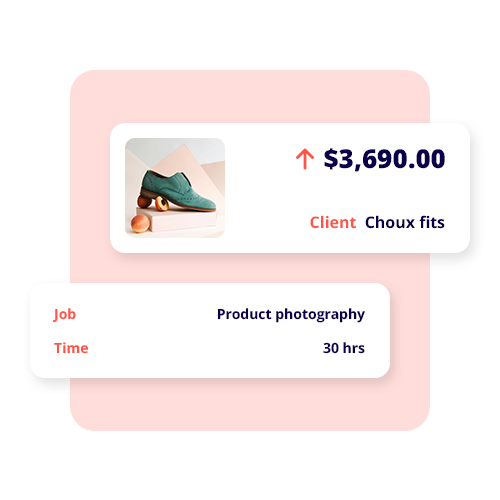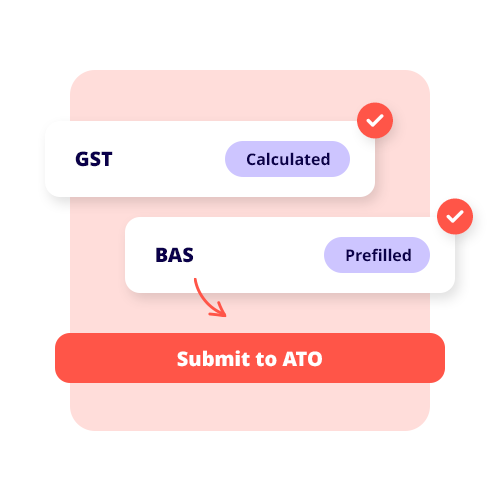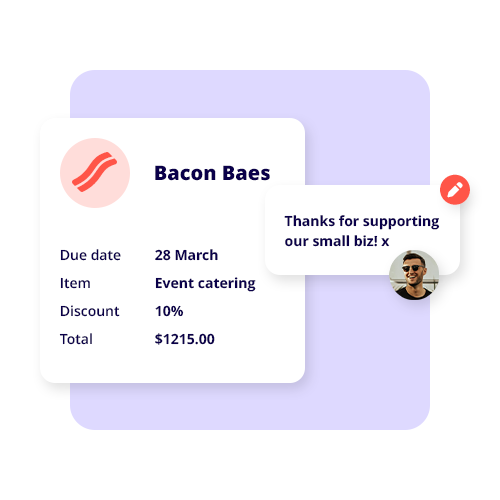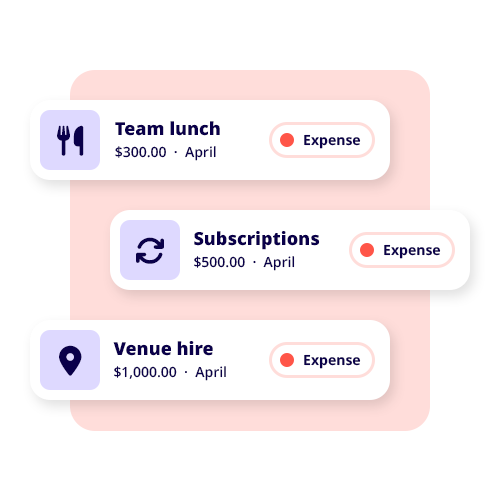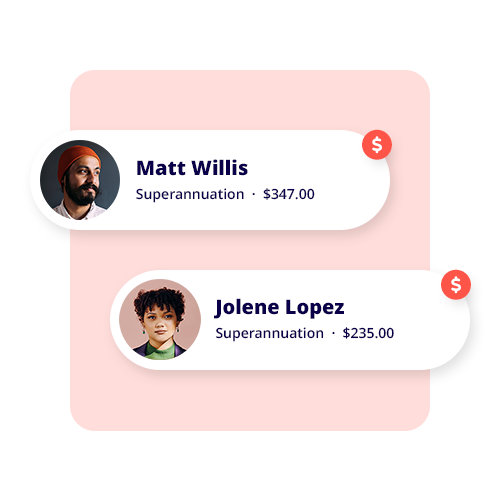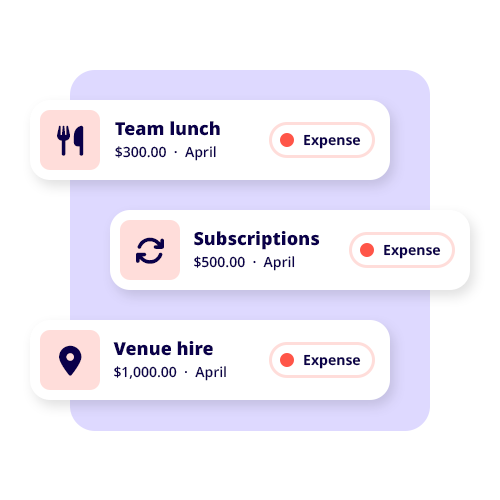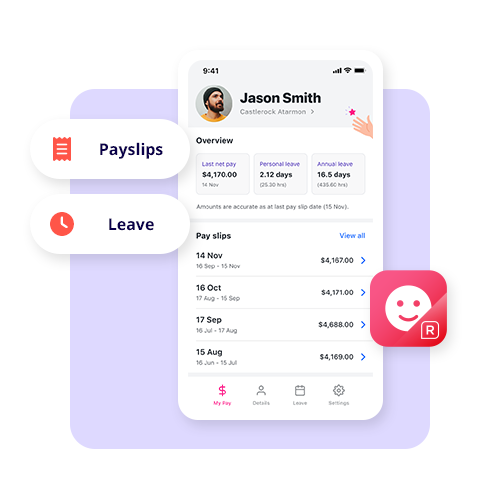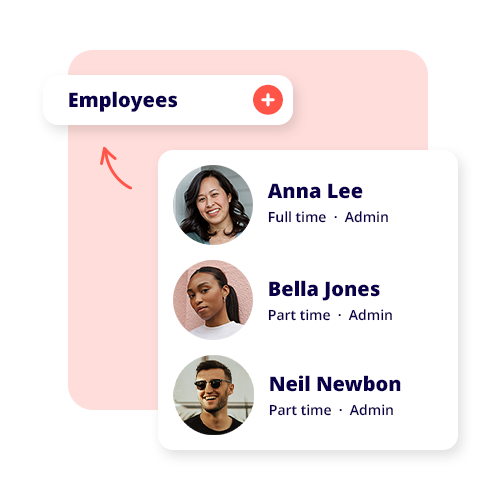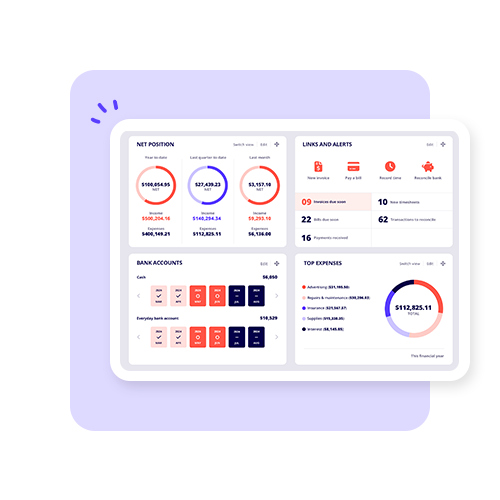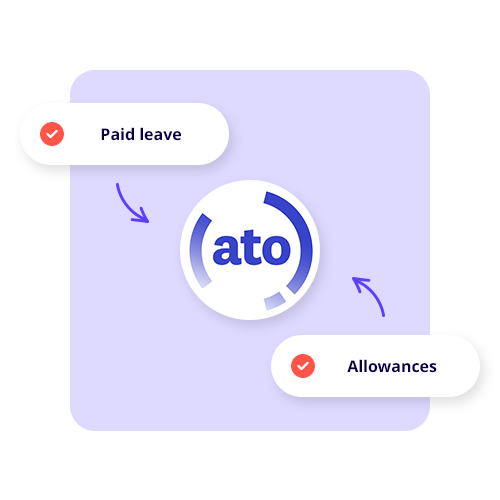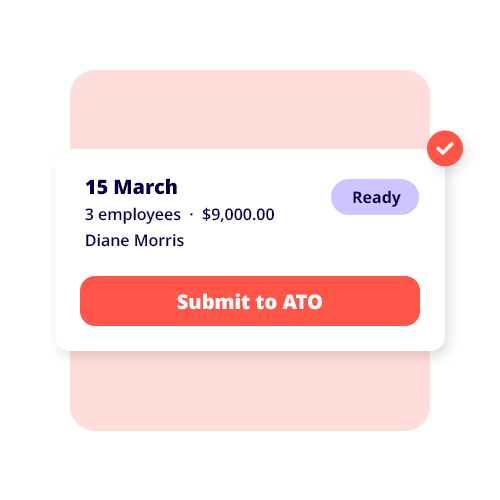If you’ve ever worked in a business, you’ve probably come across key performance indicators. There’s a reason why the ‘KPI’ is still seen as one of the most important metrics used in running an organisation and managing staff.
From startup founders to seasoned business moguls, using KPIs will help translate your business strategy into measurable outcomes, as they show how well a company or individual is working towards their strategic goals. It also gives you a good glimpse into your performance at any given point in time.
KPIs can be used to monitor revenue growth and customer satisfaction levels, track employee engagement and day-to-day operations, as well as so much more. So let’s go over the KPI meaning and provide examples for how to develop good KPIs that are truly measurable (and attainable) for your business.
KPI definition
At its most basic, a KPI is a quantifiable measurement that evaluates how well an individual, team, or company is achieving their business objectives. They let businesses stay on top of progress and adjust strategies in line with their overarching organisational goals.
But don’t fall into the trap of thinking that key performance indicators are the same as goals. Instead, KPIs measure progress towards achieving those goals. Let’s say a business sets a strategic goal to improve its customer service levels. A relevant KPI could be the average response time to customer queries or a customer retention score.
Why are KPIs important?
KPIs serve multiple purposes in a business. In terms of strategic objectives, they give you more clarity and direction by translating them into measurable outputs. Measuring performance over time means KPIs help you identify whether you’re on track to meet your business goals or need to pivot instead.
They can also help to improve communication across teams, as clearly defined KPIs help employees understand how their efforts are contributing to the ‘bigger picture’. In many organisations, KPIs are used to allocate future resources and reward good performance.
Leading and lagging indicators
Leading KPIs are predictive. They highlight activities or behaviours that suggest future performance. For example, the number of website leads generated in one month could indicate next month’s potential sales. Leading indicators are incredibly useful for spotting trends early and making proactive decisions based on that data.
Lagging KPIs, on the other hand, tell you what’s already happened. As retrospective measures, they assess performance after a set period, such as monthly revenue, net profit margin, customer churn, etc. While lagging KPIs can’t change outcomes, they can still provide you with important insights into past performance and long-term trends.
Smart businesses use a combination of both leading and lagging indicators to get a complete view of their performance.
5 types of KPIs and how they work

1. Financial KPIs
Financial KPIs are the backbone of business reporting. Metrics include things like gross profit margin, return on investment, and operating expenses, and they give you good insights into the financial health of your business. They can also help with decision-making around cash flow and pricing.
2. Customer KPIs
These are all about customer behaviours and satisfaction. Some of the more common types of customer KPIs include Net Promoter Score, customer retention rates, customer acquisition cost, and more. Tracking how well you serve and retain customers gives you clues about the effectiveness of your marketing and customer service strategies.
3. Sales and marketing KPIs
Sales and marketing KPIs are more interested in lead generation, conversion rates, cost per lead, and campaign engagement. All of these are vital for businesses that want to grow and expand their market share. They’ll help you refine your sales strategies and improve return-on-marketing spend.
4. Operational KPIs
Your operational KPIs will let you dig a lot deeper into your internal processes. For example, things like average delivery time, how quickly customer complaints are resolved, and the number of production defects can all be tracked to help boost workplace efficiency and determine how your resources are used.
5. Functional KPIs
Functional KPIs relate to specific departments (e.g, HR tracking employee turnover or IT tracking website downtime) and are really useful for understanding how well the different parts of your organisation are contributing to strategic goals.
How to develop solid KPIs
Putting together the most relevant KPIs for your business starts with a good understanding of your business strategy. Once your objectives have been established, you can begin identifying which specific metrics will help you track progress:
- Start with your goals: What are you trying to achieve? Clear and strategic goals form the foundation of meaningful KPIs.
- Choose KPIs that are both quantifiable and relevant: Whether you use quantitative KPIs like net profit margin or qualitative KPIs like customer sentiment, they should circle back to your business objectives.
- Use the SMART system: Having Specific, Measurable, Attainable, Relevant, and Time-bound goals will help shape your KPIs.
- Set realistic KPI targets: They should stretch your performance levels without being unattainable.
From financial KPIs that show your true bottom line to customer service KPIs that help shape brand loyalty, meaningful KPIs will keep your business strategy on track and your team continuously focused. No matter your business size or the industry in which you operate, creating and tracking the right KPIs is one of the smartest investments you can make.
See related terms
What are expenses?
What is gross pay
What is net income?






























